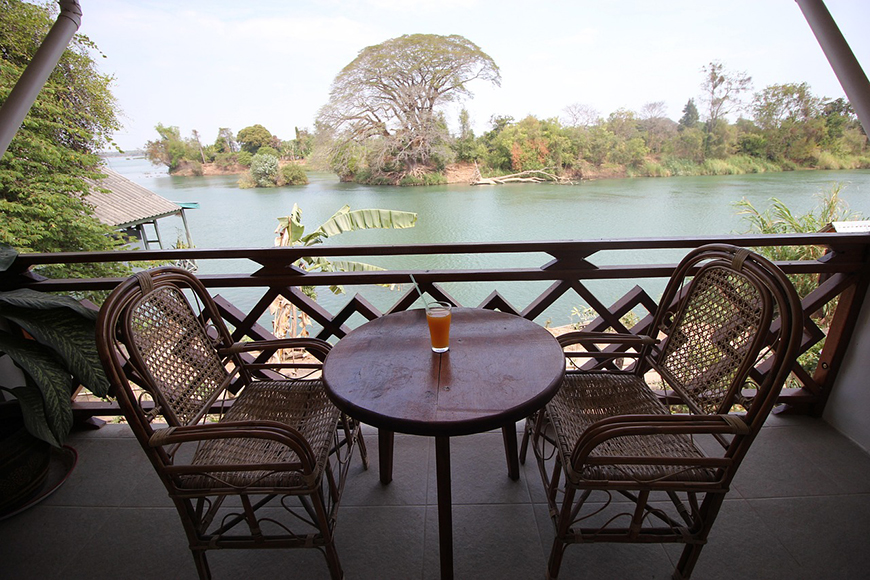Introduction
Also known as the “archipelago of 4,000 islands”, Si Phan Don is located in southern Laos, along the Mekong River. This region is famous for its river landscapes, its small green islands and the traditional way of life, still preserved, of the local communities who live there. It's a destination prized for its peaceful landscapes and tranquility, offering visitors an authentic experience of rural Laotian life.
Si Phan Don Archipelago
Si Phan Don is an archipelago of islands where the pendulum of time swings slowly. Many travelers have succumbed to its charms and stayed longer than expected, enchanted by its tranquility. It is here that the Mekong reaches its greatest width of 14 km, on its 4,350 km journey from the Tibetan plateau to the South China Sea.

Serene life in Si Phan Don - Source : Pixabay
The islands of Don Khone and Don Det
These are the archipelago's two largest islands, renowned for their tranquility and peaceful atmosphere. Here you can discover colonial relics, bucolic landscapes and villages whose customs are still well preserved. Don Khone also boasts rolling landscapes dotted with rice terraces, testimony to the region's ancestral agricultural traditions.
Don Det is famous for its hippy parties and the happy snacks sold openly in certain bars. But the liveliest and most touristy of the Si Phan Don islands is best known for its old-world atmosphere. A former French colony, it has retained its old-fashioned charm, with old bridges, small villages and colonial-style guesthouses. Here, you can cycle or simply relax in a peaceful, restful atmosphere.
Khone Phapheng Falls
Located on the Mekong River, these are the most powerful waterfalls in Southeast Asia. They offer an impressive spectacle with their massive water flow.
Freshwater dolphin watching
Si Phan Don is home to one of the world's last wild populations of freshwater dolphins. This is a unique opportunity to observe them in their natural habitat.